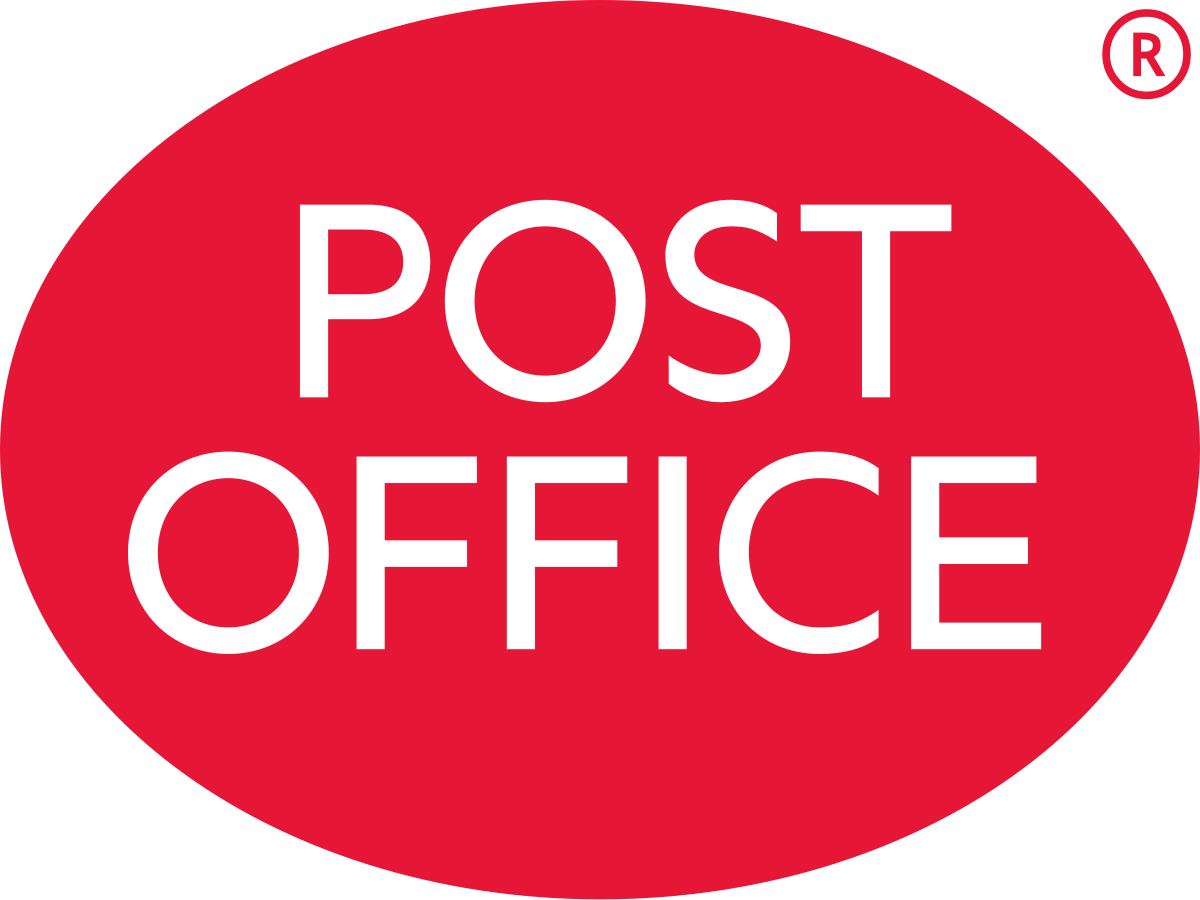What is RDC Royal Mail?
RDC (Royal Mail Distribution Centre): A Hub of Postal Operations
Royal Mail Distribution Centres (RDCs) play a crucial role in the efficient processing and distribution of mail and parcels across the United Kingdom. These centres serve as logistical hubs where incoming and outgoing mail is sorted, processed, and dispatched to various destinations, ensuring timely delivery to millions of addresses daily.
Functions of RDCs
- Sorting and Processing: RDCs receive mail and parcels from various collection points, including post offices and other sorting centres. Here, advanced sorting technologies categorize items based on destination, size, and delivery service type.
- Distribution Management: Once sorted, mail is organized for dispatch to regional and local distribution centres. This process ensures that items are routed efficiently, minimizing transit times and optimizing delivery schedules.
- Logistical Coordination: RDCs facilitate the coordination of transportation networks, including road and air freight, to move mail across the country swiftly. This includes managing schedules, vehicle routing, and ensuring compliance with postal regulations.
- Quality Control and Security: Rigorous quality control measures are in place at RDCs to maintain the integrity of mail items. Security protocols safeguard against loss, damage, or theft, ensuring that every item reaches its destination intact.
Importance of RDCs in the Postal Network
Royal Mail Distribution Centres are pivotal in the postal network’s operational framework, offering several key benefits:
- Efficiency: By centralizing sorting and processing activities, RDCs streamline operations, reducing handling times and improving overall efficiency in mail delivery.
- Scalability: RDCs are designed to handle large volumes of mail, adapting to seasonal fluctuations and increased demand during peak periods such as holidays or special promotions.
- Regional Connectivity: These centres enhance connectivity between different regions, supporting Royal Mail’s commitment to nationwide coverage and ensuring consistent service levels across diverse geographical areas.
Conclusion
In conclusion, Royal Mail Distribution Centres are integral to the efficient functioning of the UK postal service. Through their strategic location, advanced technology, and meticulous operational processes, RDCs enable Royal Mail to uphold its reputation for reliable, timely delivery nationwide. As the demand for postal services continues to evolve, RDCs remain at the forefront, driving innovation and ensuring that mail and parcels reach their destinations efficiently and securely.
Understanding the role of RDCs provides insight into the complex logistics behind postal operations, underscoring their importance in facilitating communication, commerce, and connectivity across the United Kingdom.








